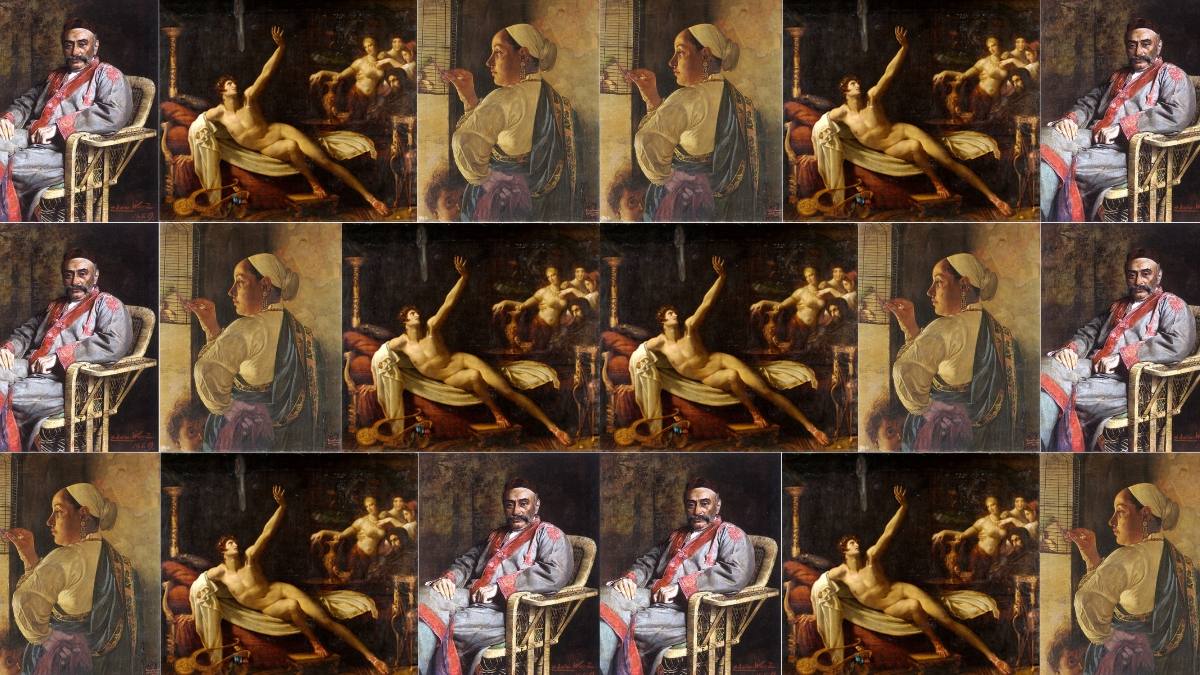It was 1905. The decision to construct a public museum was made by a group of prominent and renowned residents of Bombay, as the city was then known. “It should be largely an institution or foundation for promoting research in all branches of science and knowledge and not only a museum of curiosities for the sightseer,” said Mr. JT Brander, who was the then-Chairman of the Board of Trustees of the Prince of Wales Museum, which was renamed Chhatrapati Shivaji Maharaj Vastu Sangrahalaya (CSMVS).
The CSMVS welcomed the public on January 10, 1922, and showcased a collection of Indian antiques and miniatures. However, the Tatas’ legacy served as the foundation for the museum’s collection.
The Philanthropic ‘Art’
The Tatas’ generosity and sponsorship allowed the museum, one of the top cultural organisations in the nation, to amass a sizable and noteworthy collection of art, particularly from Europe and the Far East. The museum was given the personal art and antiquity collections of Sir Ratan Tata in 1922 and Sir Dorab Tata in 1933. Over 5,000 objects and works of art from Europe, India, and the Far East were donated by the Tatas collectively.
Sir Ratan Tata was an art enthusiast. He had amassed a fine collection of European paintings, Art Deco items, manuscripts, fabrics, weapons, weaponry, and porcelain treasures over his many travels. “He did not distinguish between various forms of art but always chose to acquire those works which appealed to his cosmopolitan taste,” according to museum officials.
In his latter years, Sir Dorab Tata, who also loved art, donated his entire collection—which included more than 1,400 pieces—to the museum.
Due to this donation, CSMVS is the only museum in the nation with such a sizable collection of European paintings; in fact, two of the museum’s art galleries bear the names of Sir Ratan Tata and Sir Dorab Tata, two of its largest donors.
Remarkably, George Wittet, renowned for his Indo-Saracenic design, served as the Tatas’ consulting architect and the architect of the Prince of Wales Museum (now known as the Chhatrapati Shivaji Maharaj Vastu Sangrahalaya). The Taj Mahal Palace, the Gateway of India, King Edward Memorial Hospital, and Bombay House, the Tata group headquarters, are just a few of the famous structures he designed in Mumbai.
Tata Collection Masterpieces
Many classics, like “The Sword of Damocles,” one of the rare pieces by Antoine Dubost from the 18th century, are part of the Tata collection. If this masterpiece were put up for auction today, the starting price would be at least 10 million pounds, according to a senior curator at the institution.
Other intriguing artwork includes “The Lady on Horseback” by Sir Alfred James Munnings, one of the best British Impressionist painters of the 20th century, which is shown at the top of this page. Munnings frequently painted his favourite animal, the horse, in his works, and William Strang’s “Adoration,” which showcases ideal beauty in an allegorical style.
Notable is also the Far East collection. Among them are the “Seated Guanyin,” which dates to the Ming dynasty of China in the 15th and 16th centuries and is gilded in gold lacquer; the Sastuma bowl, which is one of the rarest and most sought-after pieces of Japanese pottery from the Meiji period; and the Ruyi, a wish-granting Nephrite sceptre that originated in the Qing dynasty of China and was traditionally carried by rulers as a sign of their authority.
Among the paintings in Sir Dorab’s collection were “Feeding the Parrot” by the well-known artist Pestonji Bomanji and a picture of the founder of the Tata group, Jamsetji Tata, painted by British artist Edwin Ward in 1889 when he was about 50 years old.
One of the first thorough publications on the Tata gift was a book called East Meets West, which was dedicated to CSMVS by the eminent Indian academic and art curator Pratapaditya Pal. It includes 151 valuable items from the Tatas’ Asian and European collections.
On the centenary of Sir Ratan Tata’s passing in 2018, the museum organised an exhibition called “An Exotic Encounter: Non-Indian Antiquities from Sir Ratan Tata Art Collection,” which for the first time featured 90 carefully chosen non-Indian art pieces from the collection.
An Enduring Act Of Kindness
“It would not be an exaggeration to say that the public of Mumbai would have been deprived of the benefit of seeing the arts of other countries, essential for liberal education and widening of international understanding in the field of art, had distinguished members of the Tata family not made it a point to collect art objects from different parts of Asia and Europe,” said Moti Chandra, a former director of the museum.
Lady Navajbai Tata, the wife of Sir Ratan Tata, continued to support the museum and even gave some of her furniture to be shown in its galleries. When she saw that the museum lacked sufficient cases to keep and exhibit the Tata collection, she gave it display cases.
Centenary Festivities
The CSMVS will commemorate its 100 illustrious years on January 10, 2022. Thanks to the kind support of its customers, it has advanced significantly. It now boasts more than 15 specialised galleries with a collection of more than 70,000 objects.
The museum is currently finalising the plans for its centennial commemoration programs, which will include a fantastic curation of the Tata collection among other things for art and culture enthusiasts to enjoy.
